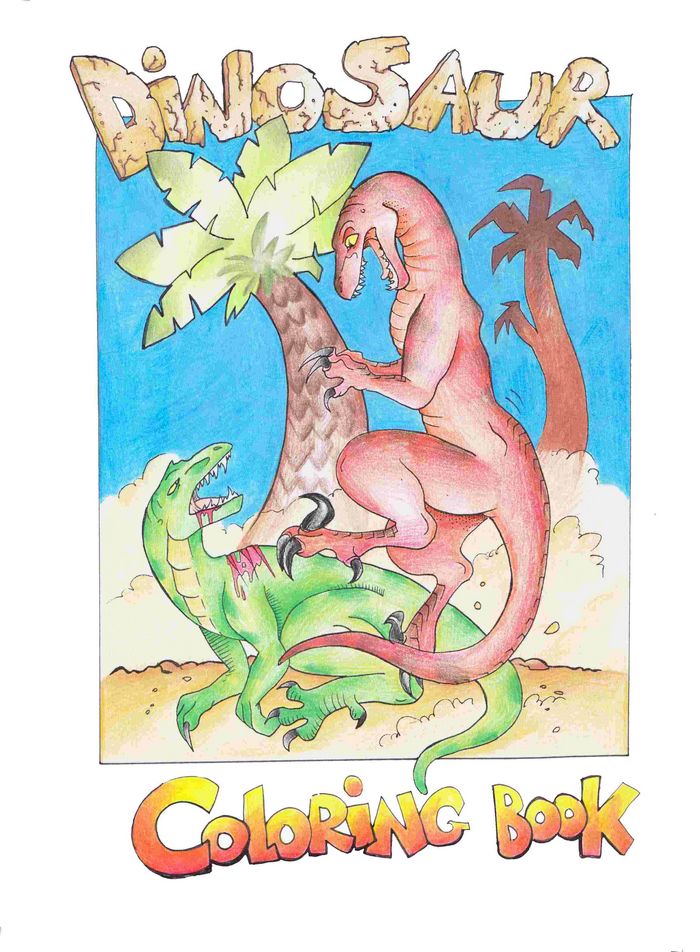Sir Richard Owen - the man who
invented the term 'Dinosaur'
Sir Richard Owen was a troublesome man, but a brilliant biologist, comparative anatomist and palaeontologist, and it was he who coined the term ‘dinosaur’. He was a critic of Darwin and his theory of evolution although he agreed in principle with the idea. He was influential, well connected, well-educated and clever, and he used these skills in all aspects of his life.
One of which was to campaign for funding for the natural specimens in the British Museum to have a new home, which led to the opening of what we now know as the Natural History Museum. It has been standing there in South Kensington since 1881 and is a national and international treasure, and set the standard for museums everywhere.
Some people hated him
His contribution to science and public learning was outstanding, but his ambitions and nasty temperament often led him to fall out with other scientists of his day. Some even hated him, and to this day there is a still a whiff of controversy around him thanks to accusations that he took credit for other scientists’ work.
He was born in Lancaster in 1804, went to Lancaster Royal Grammar School, and then took up an apprenticeship with a local surgeon which ultimately led him to study medicine at Edinburgh University. He was there only a short time before moving to St Bartholomew’s Hospital in London where he worked under the eminent surgeon John Abernethy.
He devoted his life to science
Once his studies were complete, he accepted a post as assistant to William Clift, who was the conservator of the museum of the Royal College of Surgeons. He took to this so well that he gave up his ideas of going into medical practice and devoted his life to science.
He eventually took over Clift’s job and held that position until 1856 when he was appointed superintendent of the natural history department of the British Museum. He then spent much of his time campaigning for his new building and moving the collections to the South Kensington address. They made a knight of him in 1883. He died in Richmond Park in 1892.
Hey! Seeing that you are here, and that you are clearly a dinosaur fan, so go check out our DinoZone YouTube channel which is full of wonderful videos on all things palaeontological.
Malicious, dishonest and hateful
Owen damaged his career by making war on his fellow scientists, plagiarising their work, and actively campaigning to damage their reputations. He has been described as malicious, dishonest and hateful and by one Oxford professor as being a damned liar. A good example is that of Gideon Mantell, who along with his wife had discovered and scientifically described Iguanodon. He famously credited himself and Georges Cuvier with the discovery of the beast. When Mantell damaged his spine in an accident, leaving him a cripple, Owen renamed several dinosaurs which had been discovered by Mantell. He then went on to describe Mantell as a mediocre scientist who brought forth few notable contributions.
Denied the presidency of the Geological Society
Owen was finally dismissed from the Royal Society’s Zoological Council for plagiarism, which means stealing other people’s work and not giving credit where it is due. He was also denied the presidency of the Geological Society thanks to his ongoing antagonism towards Mantell. Mantell was dead by the time they found additional skeletons of Iguanodon in a Belgian coal mine, confirming the animals were bipedal, a characteristic that Owen had ignored. Hence the strange, cumbersome beasts that still lie at Crystal Palace in London – a testament to Owen’s arrogance and the artistic licence of the sculptor, Waterhouse Hawkins.
And seeing that you are here, grab yourself a copy of our free colouring book, which is full of wonderful dinosaurs and other Mesozoic creatures for you to bring back to life.



[…] appointment of Richard Owen as superintendent of the museum in 1856 marked a turning point for palaeontological research […]